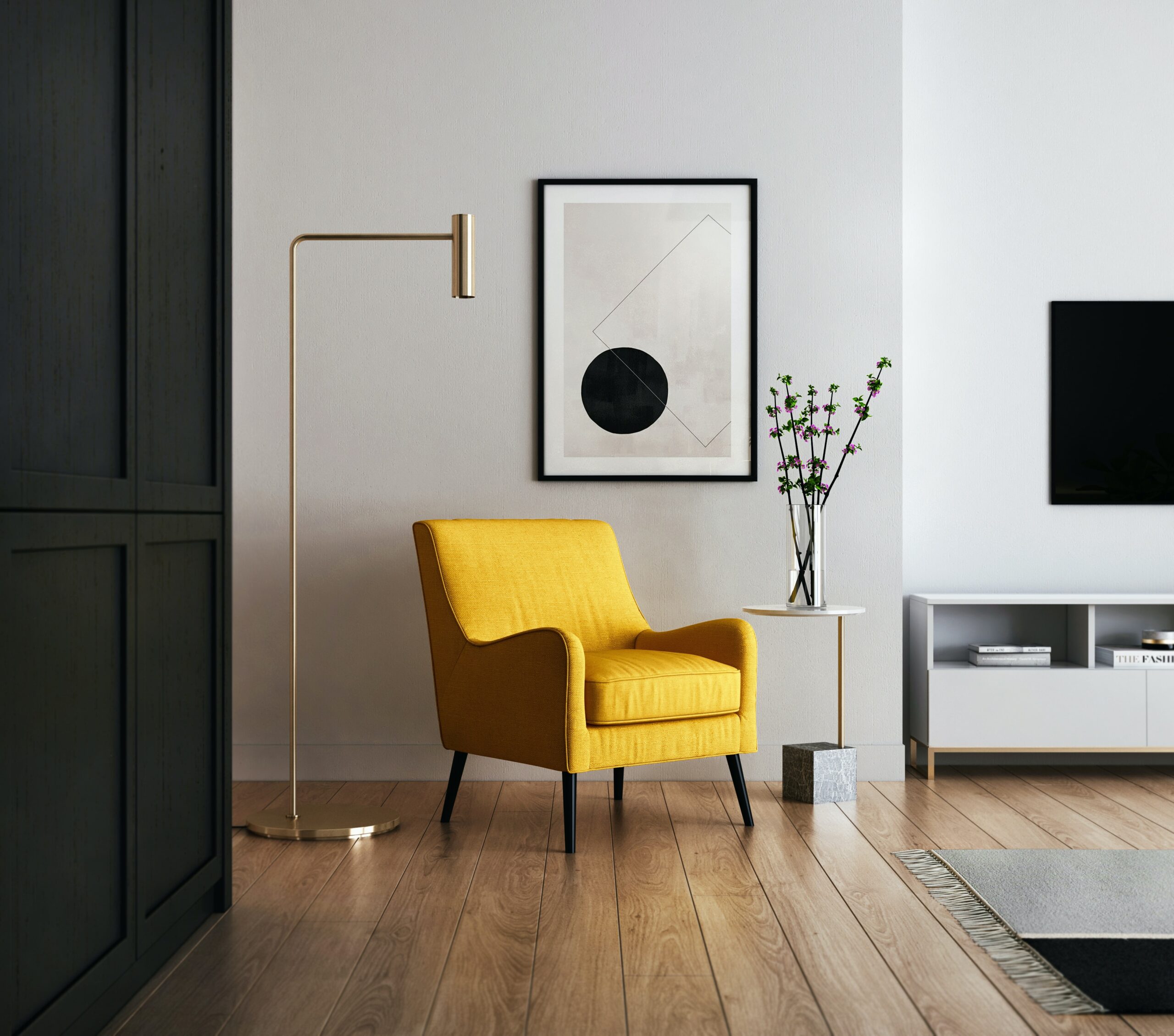[vc_row][vc_column][vc_column_text]
Embarking on the journey of interior design is akin to stepping into a world where creativity meets functionality. As aspiring designers delve into their coursework, a common question surfaces: How many subjects are there in interior design? Let’s unravel the rich tapestry of subjects that form the foundation of this dynamic and multifaceted profession.
1. Fundamentals of Design: At the core of interior design education lie the fundamentals of design. These subjects delve into the principles of composition, balance, harmony, contrast, and scale. Understanding these basics provides the essential toolkit for designers to craft visually appealing and well-balanced spaces.
2. Spatial Design: Spatial design is a cornerstone subject that explores the manipulation of physical space. Students learn how to optimize room layouts, navigate architectural elements, and create environments that seamlessly blend form and function.
3. Color Theory: The psychology of color is a subject that unveils the impact of hues on human emotions and perceptions. Interior designers delve into color theory to master the art of selecting and combining colors harmoniously, setting the mood for various spaces.
4. Architectural Drafting: Interior designers often engage in architectural drafting to translate design concepts into tangible plans. This subject covers the technical aspects of creating detailed drawings, schematics, and floor plans essential for construction and implementation.
5. Material Science: A deep understanding of materials is crucial for interior designers. Material science subjects delve into the properties, textures, and applications of various materials, empowering designers to make informed choices that align with both aesthetic and functional considerations.
6. Furniture Design and Layout: Furniture is not just an accessory; it’s an integral part of interior spaces. Subjects related to furniture design and layout teach designers how to select, arrange, and incorporate furniture to enhance both the aesthetic and ergonomic aspects of a design.
7. Lighting Design: The interplay of light and shadow is an art in itself. Lighting design subjects equip designers with the knowledge to manipulate natural and artificial light sources to create atmospheres, highlight focal points, and enhance the overall ambiance of a space.
8. Textiles and Soft Furnishings: Textiles play a pivotal role in interior design. Subjects in textiles and soft furnishings cover fabrics, patterns, and the art of selecting and incorporating materials that add texture and comfort to spaces.
9. History of Design and Architecture: Understanding the evolution of design and architecture is essential for informed and inspired design practices. Subjects in the history of design and architecture trace the roots of styles, movements, and influential figures that have shaped the built environment.
10. Interior Design Technology: In the digital age, proficiency in design software is a requisite. Subjects related to interior design technology introduce students to software tools like AutoCAD, SketchUp, and 3D rendering programs, enhancing their ability to visualize and communicate design concepts.
11. Project Management: Interior designers are not only creators but also project managers. Subjects in project management cover budgeting, scheduling, and client communication—skills essential for successfully navigating the practical aspects of design projects.
12. Sustainable Design: As environmental consciousness grows, sustainable design subjects gain prominence. Designers explore eco-friendly materials, energy-efficient practices, and strategies to create spaces that minimize environmental impact.
13. Professional Practice: Preparing designers for the business side of the profession, subjects in professional practice cover ethics, client relations, legal considerations, and the overall conduct of an interior design practice.
14. Specializations: Interior design offers various specializations, each with its set of subjects. Specializations can include residential design, commercial design, hospitality design, or niche areas like healthcare or sustainable design.
15. Continuous Learning: The field of interior design is ever-evolving. Continuous learning is embedded in the profession, encouraging designers to stay abreast of emerging trends, technologies, and innovative design approaches throughout their careers.
Conclusion: In the kaleidoscope of subjects within interior design education, each facet contributes to the holistic development of designers. The interplay of fundamental principles, technical skills, and a deep appreciation for the art and science of design forms a comprehensive curriculum. As aspiring designers immerse themselves in this educational journey, they not only acquire the knowledge to shape spaces but also cultivate a passion for transforming the ordinary into the extraordinary.
[/vc_column_text][vc_empty_space][vc_gallery type=”image_grid” images=”10876,10873,10869,10866,10863,10860,10854,10851,10825,10822,10813,10780,10703,10696,10694,10714,10712,10630,10626,10606,10609″ img_size=”300×300″][vc_empty_space][vc_column_text]Useful links | Interior Design | Interior Design company in Delhi NCR | Interior Design Cost in Gurgaon | Low budget interior designer in Gurgaon | Interior Design Firm | Interior Designer Ideas | Interior Designer in Noida Extension | Interior A to Z | Interior Designer in Gurgaon[/vc_column_text][vc_empty_space][vc_empty_space][vc_pinterest][vc_empty_space][vc_empty_space][vc_tweetmeme][vc_empty_space][/vc_column][/vc_row]
